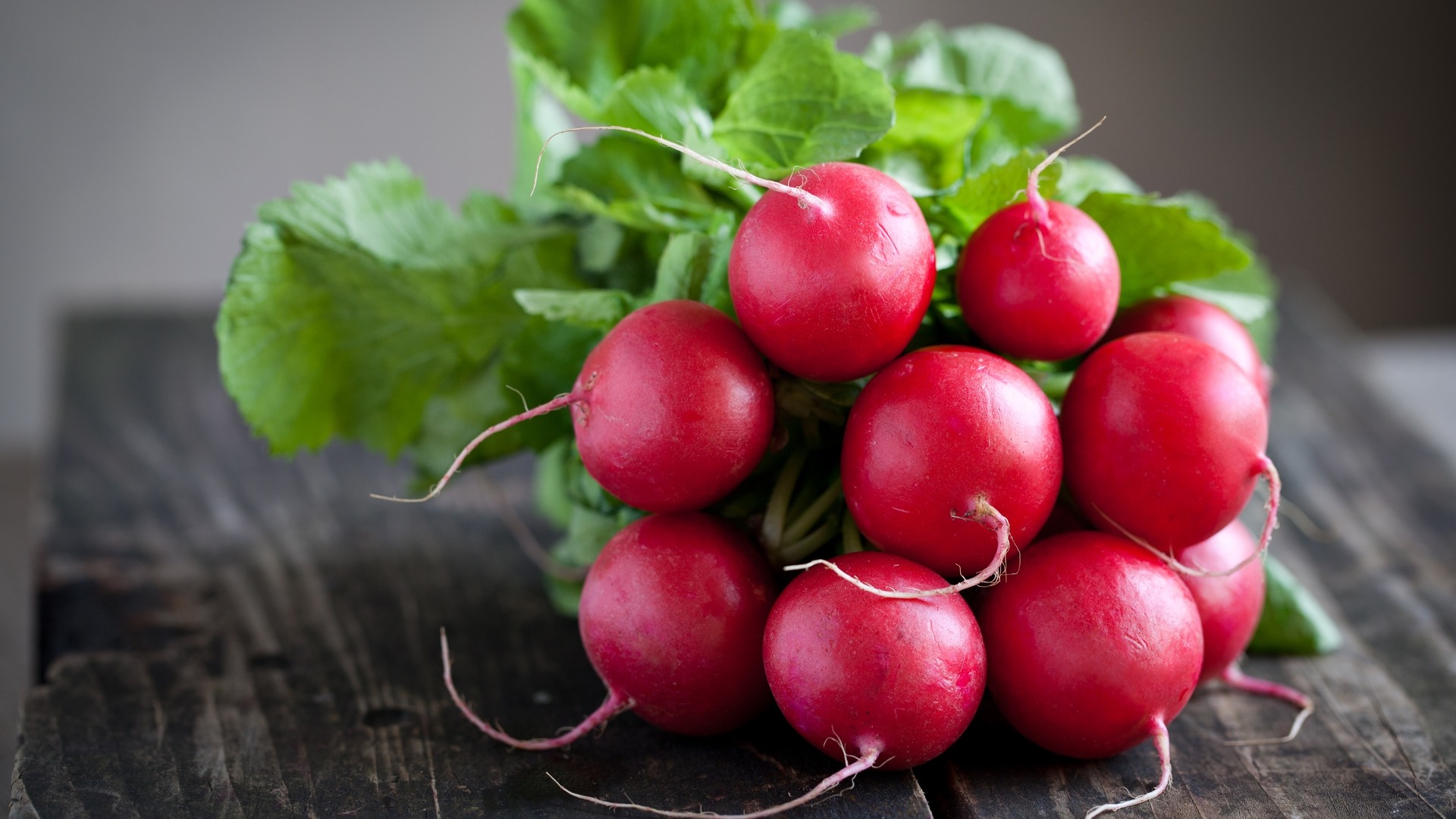Text
Original script: “Sveikas kaip ridikas.”
Transliteration: “Healthy like radish” / “Healthy as a radish.”
Free translation: “Snug as a bug in a rug.”
Context
IZ is a 20 year-old college student from Lisle, Illinois, living in Los Angeles, California. Both her parents’ families immigrated to the United States during World War II and remain connected to their Lithuanian roots through strong immigrant communities in the US.
“My dad loves this one,” IZ said about this folk simile. She described it as one that is only used around close family members and said by adults to children in an affectionate manner. “It’s a little silly,” she said, “because it rhymes.” For this reason, we chose “snug as a bug in a rug” as a potential free translation of this phrase, since it preserves both the rhyming and silly tone of the saying, as well as its social dynamic of being a saying communicated from parents to children.
IZ recalls both her father and grandfather using this expression to communicate comfort at times of sickness — a time when one has a red face, alluding to the color of the radish. She emphasized that it would only be said informally among family, from adult to child.
Analysis
As IZ explained this folk simile to me, she was quick to mention her association of these words with her father. This represents the power of folklore to be associated with a specific person even as it is a broader cultural production. I would infer that many other Lithuanian kids are reminded of family upon hearing these words.
The strict confinement of this phrase to the nuclear family serves to define the boundaries of the family to young children as they learn social dynamics. Additionally, the knowledge that this phrase is only said to children implies also a knowledge of what is appropriate language to adults.
This proverbial phrase also contains variation in that it can be applied to diverse instances of redness, including from the cold. Lithuania is a country with very cold winters and moderate summers. I can imagine potential variation in this phrase being applied to redness from the cold. An ironic application could refer to redness from drinking — this would subvert the norms of only using this proverbial phrase toward children. More research is needed to see if this is an existing variation of the phrase.
The appearance of radishes in this phrase speaks to the cuisine of the country. Lithuania’s climate is suited to growing root vegetables, including radishes but also potatoes and beets.

